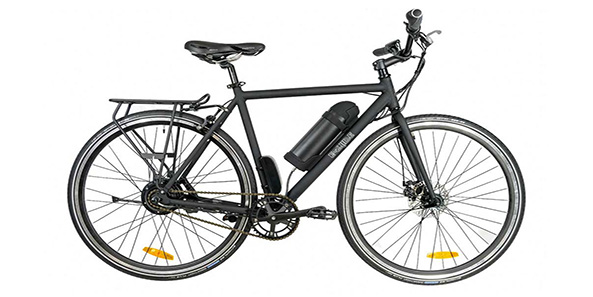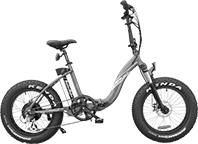After discharging to the termination voltage, the battery discharge is called over discharge. Over discharge will seriously damage the battery, which is very unfavorable to the electrical performance and cycle life of the electric bike retrofit kit.
The internal resistance of battery to the terminal voltage is larger, the concentration of electrolyte is very thin, especially the inner and surface of the plate hole is almost neutral, the internal resistance has the tendency of heating during over discharge, the volume expansion and the discharge current are bigger, the obvious heat is produced.
When the concentration of lead sulfate is especially high, the possibility of short circuit of surviving crystal branches is increased. Moreover, lead sulfate will crystallize into larger particles at this time, that is to say, it will form irreversible sulfate salt, which will further increase the internal resistance, and the recovery ability of charging is very poor, even cannot be repaired.
Batteries should be used to prevent over discharge, “under-voltage protection” is a very effective measure. In addition, since the “under-voltage protection” of electric vehicles is controlled by the controller, some other devices other than the controller, such as voltmeters and indicator lights, are supplied directly by batteries, and the supply of their power is generally not controlled by the controller. An electric car lock (switch) starts to use electricity once it is closed.
Although the current is small, if the discharge lasts for 1-2 weeks, there will be over discharge. Therefore, the lock should not be unlocked for a long time and should be turned off immediately when it is not used.


